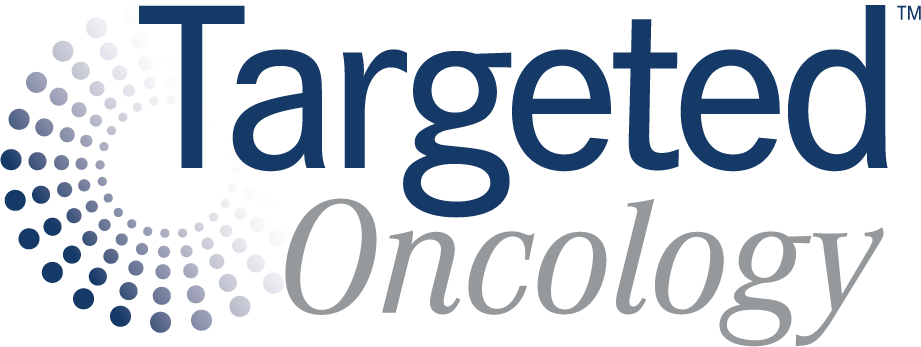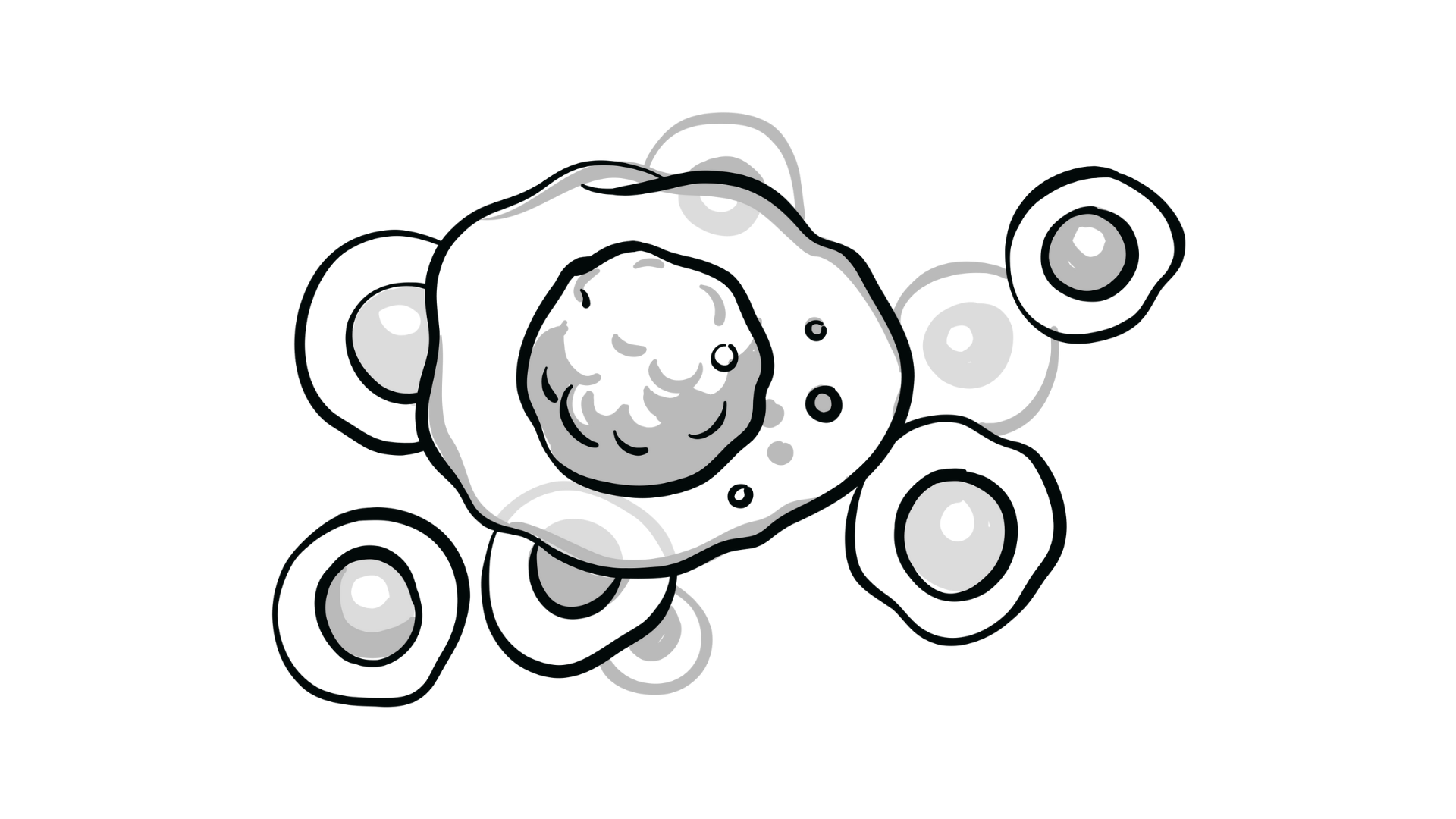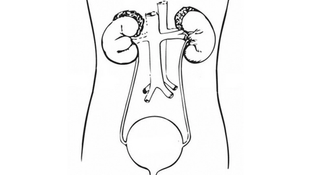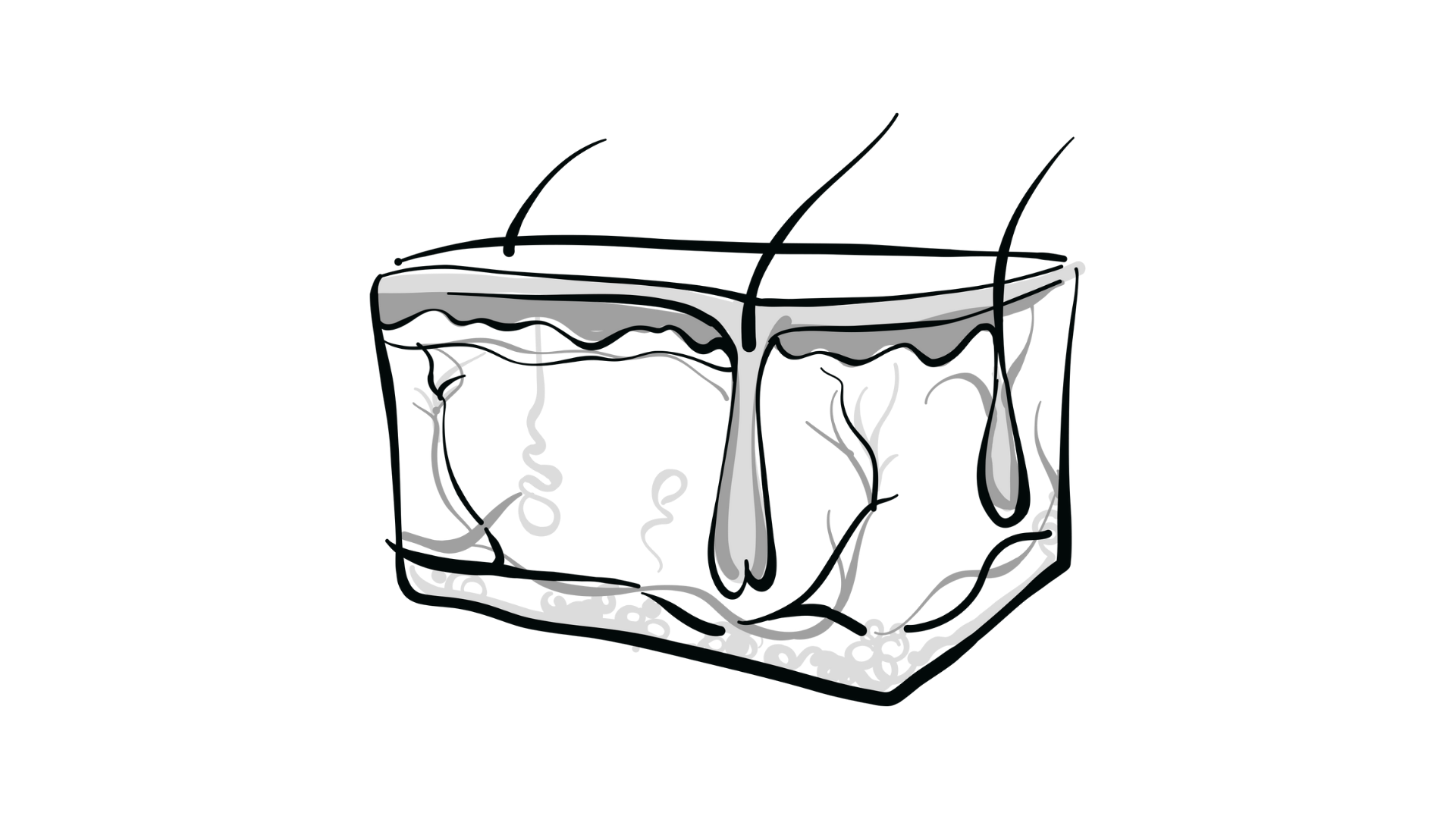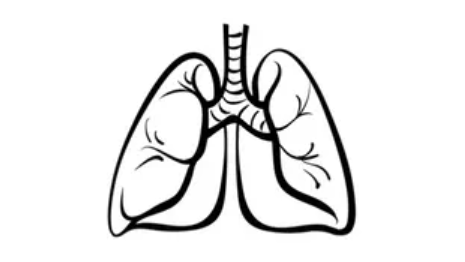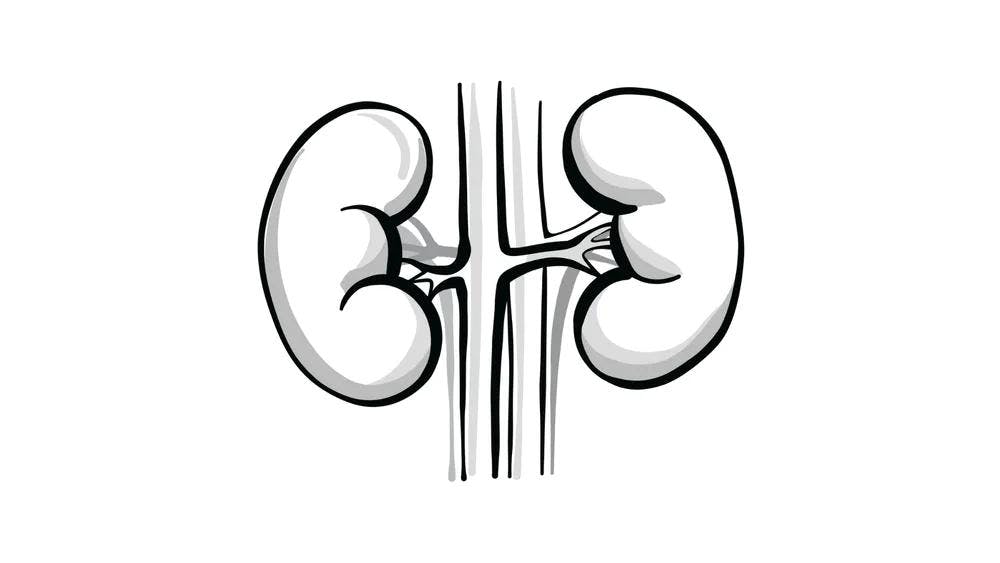Participants Discuss Need for Biomarkers in Frontline Metastatic RCC
During a Case-Based Roundtable® event, Neeraj Agarwal, MD, and participants discussed how they might determine which combination therapy to use for a patient with metastatic renal cell carcinoma.

Neeraj Agarwal, MD
MODERATOR
Huntsman Cancer Institute
University of Utah
Salt Lake City, UT
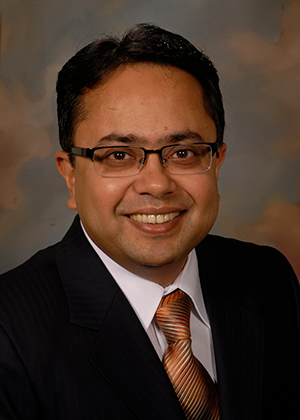
EVENT REGION Colorado, Utah, and Wyoming
PARTICIPANT LIST Justin A. Call, MD | Benjamin Solomon, MD | Lin Hao, MD | Vishal Rana, MD | Ariel Soriano, MD | Shiven B. Patel, MD, MBA | Benjamin Y. Scheier, MD | Elie Fahed, MD | Benjamin George, MD, MBA | Rao Mushtaq, MD | Andrew J. Pellatt, MD
CASE UPDATE
The patient received nivolumab (Opdivo) plus ipilimumab (Yervoy).
DISCUSSION QUESTION
- What are your perspectives on the long-term follow-up from the phase 3 CheckMate 214 (NCT02231749) data?1
AGARWAL: What do you think about the long-term data at the 99-month follow-up with ipilimumab/nivolumab?
CALL: I think [they are] impressive and reassuring. For a long time, I was uncertain about favorable-risk disease. I always wanted to use it in favorable risk, but it wasn’t on the guidelines. But with longer-term follow-up, my preference is to try to do ipilimumab/nivolumab [in the] first line unless there’s a high burden of disease or some other situation where I need to get a high response rate or fast response rate. Otherwise, I think the long-term follow-up in the approximately one-third of patients who are still alive at close to 10 years…is impressive.
AGARWAL: I would say we will see similar response [and] survival with pretty much all those regimens out there—newer regimens— as we have longer follow-up data. This has a lot to do with all the subsequent lines of therapies that are available now. But I agree with you. This is a fairly tolerable regimen, and a lot of patients who do not have high-volume, rapidly progressive disease are pretty good candidates for this.
SOLOMON: I agree with that completely. If they respond, it’s going to be great; no response, I think we see that with the objective response rate being relatively low in favorable risk. The difficult thing is we don’t have biomarkers to guide us for tyrosine kinase inhibitor [TKI]/PD-1 vs dual immunotherapy [IO]. To give your patients their best shot at long-term survival, I don’t think you can beat these data.
HAO: I agree; it’s quite appealing.… For the young patient, if it’s not a very aggressive disease, I would use doublet IO as my preferred regimen.
AGARWAL: Has anyone used high-dose interleukin 2 [(IL-2) in RCC]? I have used high-dose IL-2, and I have a similar patient population I consider ipilimumab/nivolumab for. As Dr Hao said, for younger, healthy patients who are looking at long-term [treatment] and they can handle adverse events well—meaning they can handle colitis well and will call me for diarrhea and colitis—I have a very low threshold for ipilimumab/nivolumab in those patients.
RANA: I agree with the previous comments. I would be more inclined to use the 99-month data. [They are] very impressive. The curve plateaus, and it looks like there’s a decent percentage of patients likely being cured, if we can use the word cure. Certainly, this should be the go-to regimen for younger patients with a low disease burden, for whom I don’t need a quick response. If the disease burden is high, then I lean toward cabozantinib [Cabometyx]/nivolumab.
AGARWAL: Interestingly, the International Metastatic Renal Cell Carcinoma Database Consortium [IMDC] or Memorial Sloan Kettering Cancer Center models don’t factor in the disease burden; the number of metastatic disease sites is not taken into account. We have to use our clinical acumen to decide. There are no biomarkers to select, at least for now.
SORIANO: I like the data because [they are] prolonged data. One-third of the patients are alive at almost 10 years. [I like] that you could do this as a first option, and then, when they progress, you have other options afterward.
PATEL: Going back to the Kaplan-Meier curves, especially in favorable-risk disease, it seems that half of the patients benefit from ipilimumab/nivolumab, and half don’t and maybe should get IO/TKI. We have no idea who those patients are on day 1 of clinic. We’ve talked about the absence of biomarkers, but I’m wondering if we can get there soon. For example, there was a nice presentation at the Society for Immunotherapy of Cancer Annual Meeting in Houston, where Tempus unveiled their new immune profile score technology, which helps predict response to IO based on their analysis of the immunoprofiling of the tumor.2 That’s basically for single-agent PD-1. I don’t know if you can extrapolate that to help you decide between dual IO and single IO.
The point is that we have big companies trying to look at predicting responses to IO and different forms of IO. I’m hoping in a few years, we can get to the point where I can see a patient with favorable risk and decide [whether] they should get cabozantinib/nivolumab or ipilimumab/ nivolumab with some of the tools these companies are developing.
SCHEIER: For patients out at 10 years on that trial, are most of them now only being observed? Are they just on nivolumab? What’s your impression of how many have stopped therapy, if any?
AGARWAL: The vast majority of those patients have received second-line, third-line, and fourth-line therapy…. Most of those patients were treated in clinical trial practices and were healthy…. These patients did receive multiple lines of therapy, so this is not only because of ipilimumab/ nivolumab. A proportion of patients undergo durable responses. I have multiple patients who received ipilimumab/nivolumab, and they had a good response. I stopped therapy because of adverse events or after finishing 2 years of nivolumab, and they are still in response. Those are a small number of patients.

AGARWAL: Why would you use cabozantinib/nivolumab over ipilimumab/nivolumab? Both are very comparably efficacious regimens. I find them to be excellent regimens compared with what we had just 10 years ago. Sometimes, I do choose one over the other. What are your criteria for choosing cabozantinib/nivolumab over ipilimumab/nivolumab?
FAHED: I do it when I want to be sure I have as high a response as possible in patients with high-burden disease who are very symptomatic. Because if immunotherapy works, it’s great, but you don’t know that ahead of time. Occasionally, you want to not take the chances and use a TKI…and hope you get a response quickly. Those are patients who are borderline, about to go on hospice, or very symptomatic, where if you don’t get the response quickly, they’re not going to be around.
AGARWAL: I think that’s why we need a predictive biomarker. You’re right. We don’t know who is not going to get a response. When we look at progressive disease as the best response, [we mean] patients who continue to have disease progression on scans, which are done 3 or 4 months after starting treatment. A certain number of patients will have progressive disease as a best response, and those are the patients we lose to disease.
If you go back to IMDC data, until a few years ago, the attrition of patients from first line to second line used to be about 50%.3 It has gone down now because of more effective first-line therapies. We used to lose half of the patients to disease progression after first-line therapy. The IMDC data [includes] patients who did not get into clinical trials, so we don’t enter clinical trial data in the database. We want to know who is going to benefit and who is not going to benefit. That may be more important with ipilimumab/nivolumab so we can use a potent TKI.
GEORGE: As far as the use of cabozantinib/nivolumab, I still prefer ipilimumab/nivolumab up front, mostly because of what we just talked about with the long-term survival. The only other time is bulky disease and rapid response. Sometimes, the dual IO therapy, as far as colitis or adverse events, potentially, you would look at not having to do dual IO therapy. But I like both regimens, and I think they have roles to play.
MUSHTAQ: For ipilimumab/nivolumab in RCC, a small proportion of patients will have rapid progression. What about the pseudoprogression, reported at 7% to 8% in RCC, especially with ipilimumab/ nivolumab? How would you differentiate pseudoprogression from true progression on the first scan?
AGARWAL: I used to struggle with that about 7 or 8 years ago when we were using ipilimumab/nivolumab for the first time. Then I realized patients who have pseudoprogression vs those who are progressing look good in the clinic; they don’t look like they have disease progression. When I say they don’t look like they have disease progression, it means they feel pretty good. Their performance status is good. They don’t feel tired or fatigued. If you look at the laboratory results, anemia or hemoglobin are reliable markers of disease progression in RCC. If I see hemoglobin is stable or going up with scan progression, I think it’s pseudoprogression.
Similarly, I look at lactate dehydrogenase and other markers of cancer progression. We also know that high platelets and high neutrophils are bad in patients with RCC. I look at all those things but rely on how patients feel. They say they’re feeling good and have a good appetite, and their activity level has gone up, and the scans show progression. I repeat the scans 6 or 7 weeks [later]. Pseudoprogression mostly happens in the first or second scan. It doesn’t happen after that, mostly because of immune infiltration induced by the ipilimumab/nivolumab, leading to swelling or edema inside the metastatic disease sites.
GEORGE: In that scenario you just gave, when do you rebiopsy?
AGARWAL: I don’t do a biopsy again. We used to in the past, but then biopsy didn’t help much…unless you have an experienced pathologist who can tell [whether] there’s a lot of infiltration in the tumor by these macrophages and all that. Most pathologists [write the] report with clear cell type RCC, which we already know they have, so I stopped doing biopsies.
I don’t know the value of circulating tumor DNA [ctDNA] in this setting. If the ctDNA level is going down, hypothetically speaking, and scans are progressing, then it is pseudoprogression…. I have worked with ctDNA in the past. Now, we have much better platforms in the form of multiple ctDNA companies which are measuring the ctDNA levels. Hopefully, we’ll be using them. We don’t have that many pseudoprogressors in the clinic to warrant using ctDNA levels on a regular basis.
PELLATT: I’ve only seen a couple of cases of pseudoprogression. My experience was it was usually maybe 15% to 30% growth at most. I would also think about the degree of progression. If the disease burden has doubled, I would be inclined to think that’s not pseudoprogression, even if they feel well.
REFERENCES
1. Tannir NM, Albigès L, McDermott DF, et al. Nivolumab plus ipilimumab versus sunitinib for first-line treatment of advanced renal cell carcinoma: extended 8-year follow-up results of efficacy and safety from the phase III CheckMate 214 trial. Ann Oncol. 2024;35(11):1026-1038. doi:10.1016/j.annonc.2024.07.727
2. Zander AD, Erbe R, Liu Y, et al. Clinical validation of a novel multi-omic algorithm for stratifying outcomes in a real-world cohort of metastatic solid cancer patients treated with immune checkpoint inhibitors. J Immunother Cancer. 2024;12(suppl 2):188. doi:10.1136/jitc-2024-SITC2024.0188
3. Rathi N, Maughan BL, Agarwal N, Swami U. The tango of immunotherapy and targeted therapy in metastatic renal cell carcinoma. Transl Cancer Res. 2019;8(8):E1-E6. doi:10.21037/tcr.2019.07.02

Enhancing Precision in Immunotherapy: CD8 PET-Avidity in RCC
March 1st 2024In this episode of Emerging Experts, Peter Zang, MD, highlights research on baseline CD8 lymph node avidity with 89-Zr-crefmirlimab for the treatment of patients with metastatic renal cell carcinoma and response to immunotherapy.
Listen
Beyond the First-Line: Economides on Advancing Therapies in RCC
February 1st 2024In our 4th episode of Emerging Experts, Minas P. Economides, MD, unveils the challenges and opportunities for renal cell carcinoma treatment, focusing on the lack of therapies available in the second-line setting.
Listen
